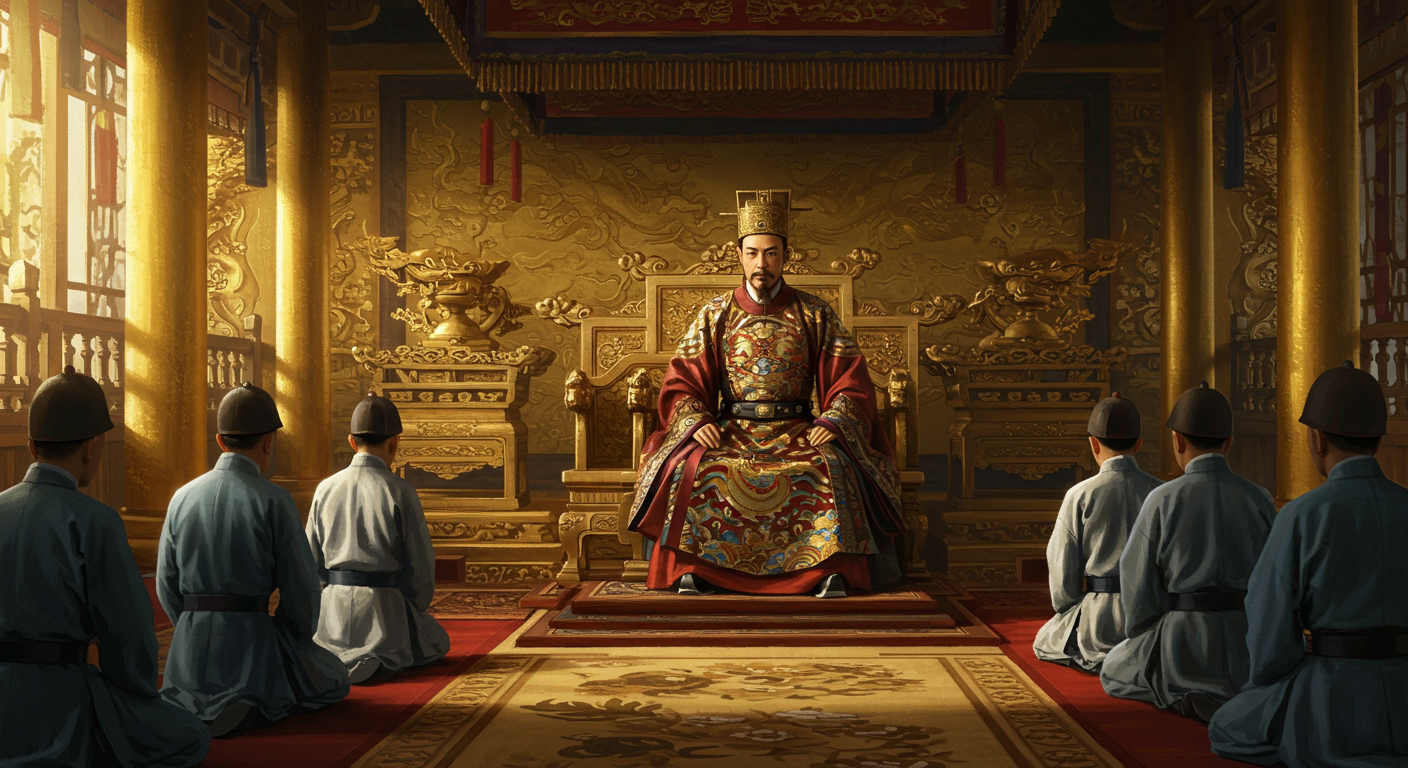The Emperor Who Outlawed Pants in Ancient China

The Emperor Who Outlawed Pants in Ancient China
Yes, this really happened—and it reshaped a nation’s wardrobe
In the 14th century, China was ruled by an emperor so obsessed with order and tradition that he literally banned pants. The story of the emperor who outlawed pants might sound like satire, but it’s a fascinating case of fashion, control, and cultural identity.
Meet the emperor: Zhu Yuanzhang, founder of the Ming dynasty
After rising from a peasant background, Zhu Yuanzhang became Emperor Hongwu, establishing the Ming dynasty in 1368. Determined to restore “proper” Confucian values, he enforced rigid laws—including on how people should dress.
- Robes were mandatory – Pants were associated with “barbarian” tribes and the previous Mongol-led Yuan dynasty.
- Clothing = loyalty – Uniform dress showed obedience and suppressed individuality.
Pants were political, not just practical
To the emperor, banning pants was about more than fashion. It was a rejection of foreign influence and an attempt to revive Han Chinese cultural purity. Men were required to wear long tunics and robes—even soldiers and laborers.
- Pants implied rebellion – Wearing them could be seen as anti-Ming or disrespectful.
- Exceptions were rare – Only in secret or remote regions did pants quietly survive.
Case study: The dress code trials of the Ming court
Historical records mention officials being punished for “improper garments.” Some were forced to kneel for hours or write public confessions. The emperor even created clothing inspectors to roam the streets and enforce dress codes. Talk about a fashion police!
Helpful resources for history buffs
- Britannica – Ming Dynasty 🔗 – Background on China’s return to Han rule and Confucian ideals.
- World History Encyclopedia 🔗 – Cultural and political impact of the Ming emperors.
Related post to dive deeper
Read more: Medieval Laws That Banned Kissing on the Lips ➜
Conclusion
It may sound absurd today, but banning pants was a real power move in ancient China. Clothing was used not just to protect the body—but to control it, define identity, and declare allegiance. In the Ming court, fashion was law.
What other strange dress codes do you know from history? Share them in the comments!
📜 Love weird historical truths? Dive deeper into lost civilizations and forgotten stories with this exclusive guide:
Curious about lost civilizations and ancient mysteries?
What if ancient societies knew how to survive without electricity, stores, or modern tools? The Lost Generator uncovers powerful self-sufficiency techniques inspired by forgotten knowledge. A must-read for history lovers, preppers, and curious minds alike.
Explore more ➜ 🗿 Discover the Survival Secrets of Lost Civilizations
📌 Original Content Notice: This article was originally published on Daily Fact Drop – Your Daily Dose of Mind-Blowing Facts. All rights reserved.
Copying, reproducing, or republishing this content without written permission is strictly prohibited. Our editorial team uses factual research and original writing to bring unique curiosities to our readers every day.